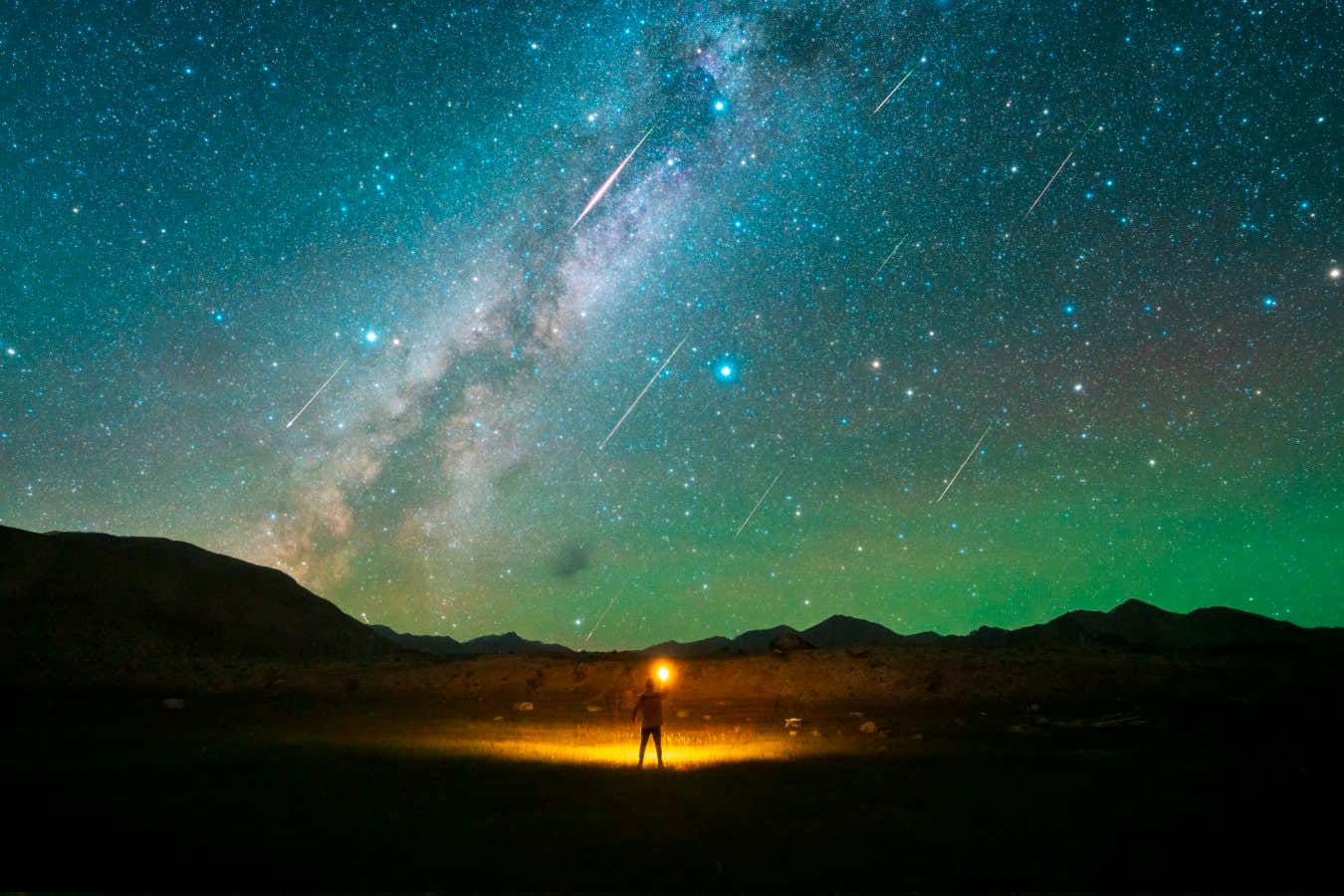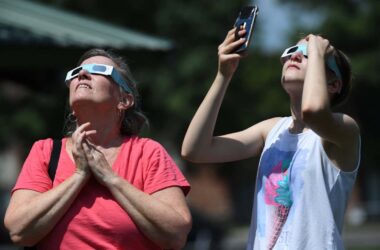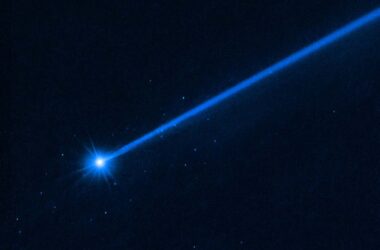The Perseid meteor shower over the Pamir Plateau, China, in August 2021
Image by VCG/VCG/Getty Images
This year’s Perseid meteor shower began on July 17 and will end on August 24. However, the best chance to see it will be in the early hours of the morning around the peak time, which is on August 12 and 13. This year’s meteor shower is expected to be particularly impressive because the moon will only be around 10 percent illuminated on the peak mornings due to a new moon on August 16.
How active is the Perseid meteor shower?
During the initial stages of the shower, you can expect to see around one meteor per hour, which is not much different from a regular night of stargazing. However, as we approach August 12 and 13, the number of meteors will increase to 50 to 75 per hour, with a maximum of 100 meteors during the peak.
What is the Perseid meteor shower?
Meteor showers occur when Earth passes through clouds of debris left by comets in their path around the sun. The high-speed entry of tiny dust or rock particles into the atmosphere creates friction, causing them to burn up and produce a flash across the sky. The Perseids, specifically, are caused by comet Swift-Tuttle, which takes 133 years to orbit the sun. Although the comet itself won’t be visible until 2125, we can still enjoy the meteor shower it left behind.
Why is it called the Perseid meteor shower?
Meteor showers are named after the point in the sky where the meteors appear to radiate from. In the case of the Perseids, this point is the constellation Perseus. The Perseids can be seen from all over the world, but the best views are usually in the northern hemisphere where Perseus is visible. Perseus is located in a triangle formed by the constellations Cassiopeia, the Pleiades star cluster, and the bright star Canopus. If you can spot any of these, you’re looking in the right part of the sky.
Where should you look for the Perseids?
You don’t need to specifically locate Perseus, just let your eyes adjust and watch for meteors shooting across the sky in all directions. They will appear and disappear within seconds, moving rapidly. If you’re lucky, you might even spot some fireballs, which are large and brilliant meteors that can be as bright as Venus.
What’s the best time to look for the Perseids?
A few days before and after the mid-August peak will offer a good chance of seeing shooting stars. Check the weather forecasts for cloud coverage and try to look on clear nights during that week and the weeks leading up to the peak. It’s generally better to look before the peak rather than after. Regardless of your location, the best time to look is just after midnight.
How can you increase your chances of seeing the meteor shower?
You don’t have to go to remote locations to see the Perseid meteor shower, but a dark sky will enhance your experience. Try to reduce light pollution by going to the middle of a park or an area away from streetlights. If you’re viewing from home, turn off all lights and find a view that isn’t obstructed by trees, buildings, or other objects.
Topics:








